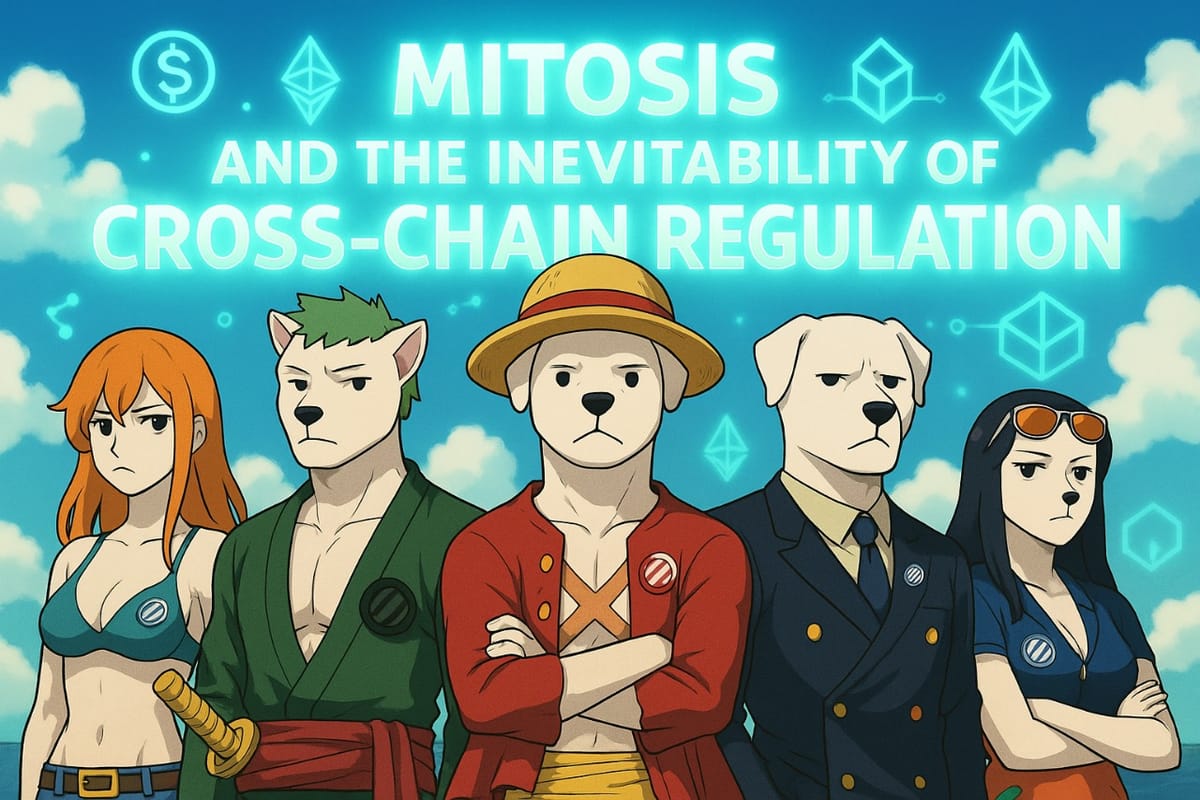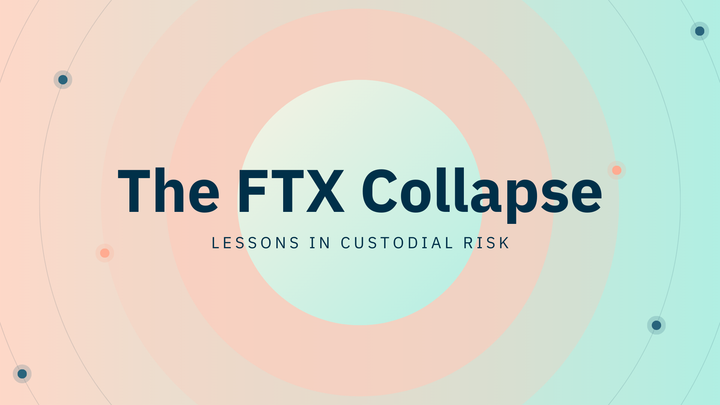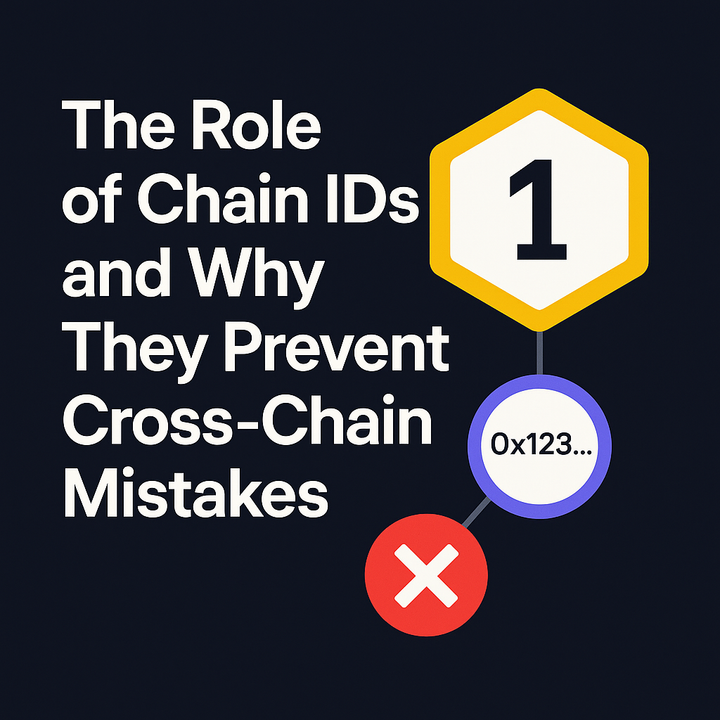Navigating the Rules of the Game: Mitosis and the Inevitability of Cross-Chain Regulation

1. Introduction: Web3 Has Matured – Regulators Are Paying Attention
The world of decentralized finance (DeFi) and cross-chain technologies has long evolved in a relatively "gray" regulatory zone. Innovation outpaced legislation, and the global and decentralized nature of Web3 created complexities for traditional regulatory approaches. However, as transaction volumes grow and DeFi's impact on the traditional financial system becomes more noticeable, regulators worldwide are beginning to show increased interest.
This interest is driven by several factors:
- Consumer and Investor Protection: Enormous sums have been lost due to hacks, fraud, and smart contract errors.
- Anti-Money Laundering (AML) and Counter-Terrorist Financing (CFT): The pseudonymity and cross-border nature of cryptocurrency transactions raise concerns for law enforcement agencies.
- Ensuring Financial Stability: As DeFi grows, questions arise about its potential impact on the stability of the traditional financial system.
- Taxation: Governments are seeking ways to correctly tax digital asset transactions.
Cross-chain protocols, which enable the movement of value between different blockchains and, potentially, between different jurisdictions, are under particular scrutiny. After all, they can be used to quickly move assets across "borders," complicating tracking and control.
Cross-Chain: Specific Challenges for Regulators
Why do cross-chain solutions, in particular, raise specific questions for regulators?
- Cross-Border Nature: Transferring assets from a network under one jurisdiction to a network under another creates difficulties in determining applicable law and responsible parties.
- Anonymity/Pseudonymity: Although blockchains are public, identifying the real owners of wallets is often difficult, which concerns regulators in the context of AML/CFT.
- Technological Complexity: Regulators often find it difficult to understand the technical nuances of how various bridges and messaging protocols work, hindering the development of adequate rules.
- Diversity of Approaches: There are many types of cross-chain solutions – from centralized custodial bridges to fully decentralized protocols. A "one-size-fits-all" regulatory approach is unlikely to be effective here.
- Speed of Innovation: Technology is evolving faster than legislation can adapt.
Inevitably, as the industry matures, new rules and requirements will emerge aimed at bringing order to this space. The question is not if regulation will come, but what form it will take and how projects can adapt to it.
Mitosis: A Proactive Approach to Future Regulation?
For a protocol like Mitosis, which aims to become fundamental infrastructure for liquidity movement, understanding and adapting to the regulatory landscape is not just a matter of compliance, but a matter of long-term sustainability and mass adoption.
How can Mitosis, with its focus on decentralization, security, and transparency, prepare for these challenges?
- Decentralization as a Defense: Protocols with a high degree of governance (DAO) and operational (e.g., through many independent AVS operators) decentralization may be less vulnerable to direct regulatory pressure on a single central point.
- Transparency of Operations: The public nature of blockchain and the openness of smart contracts (provided they are audited) can help demonstrate compliance with certain rules.
- Focus on Security: Robust security mechanisms reduce the risk of user losses, which is one of the main concerns of regulators.
- Potential for Integration with Compliance Solutions: In the future, integration with decentralized identity (DID) systems or other tools that allow for AML/KYC compliance on an optional basis or for certain types of operations/jurisdictions may be required.
What Will You Learn From This Article?
In this article, we will explore in more detail:
- What specific regulatory initiatives and trends already exist or may emerge concerning cross-chain protocols.
- How different architectural approaches to cross-chain (centralized, federated, decentralized) might be perceived differently by regulators.
- What aspects of Mitosis's design (decentralization, security, EOL transparency) can help it successfully navigate the complex regulatory field.
- Potential strategies that Mitosis and similar protocols can use to adapt to future rules of the game without sacrificing their core values.
Understanding these issues is critically important not only for the Mitosis team but also for the entire community, as the industry's future depends on its ability to find a balance between innovation and responsibility.
2. Mitosis Adaptation Strategies in a Regulated Future
Understanding potential regulatory challenges is the first step. The second, and more important, is developing strategies that allow a protocol like Mitosis not only to survive but also to thrive within the emerging legal framework, while preserving its core decentralized principles.
1. Emphasis on Decentralization as a Key Argument
- Decentralized Governance (DAO): A fully-fledged DAO, where decisions are made by the community of token holders, reduces risks associated with identifying a single "responsible entity" or central company that regulators could pressure. The more distributed the governance, the more difficult it is to apply traditional regulatory measures designed for centralized financial institutions to the protocol.
- Decentralization of Operations (AVS): The use of a broad and geographically distributed set of Actively Validated Services (AVS) operators to secure message exchange also contributes to decentralization. The absence of a single point of failure or control over the data transmission infrastructure complicates attempts to censor or block it.
- Open Source Code: Transparency of code allows regulators (or their engaged experts) to analyze the protocol's operation, which can foster better understanding and reduce concerns.
Mitosis Strategy: Continue moving towards the maximum possible decentralization in both governance and operations. This not only aligns with the Web3 spirit but is also a pragmatic strategy in an uncertain regulatory future.
2. Technological Neutrality and Focus on Infrastructure
- Mitosis as a Base Layer: Mitosis can position itself not as a financial service directly interacting with end-users worldwide, but as technological infrastructure – a "liquidity transfer protocol." Similar to how TCP/IP is a neutral protocol for data transfer, Mitosis can be a neutral protocol for value transfer.
- Responsibility at the Application (dApp) Level: Applications built on top of Mitosis can independently implement necessary compliance measures (e.g., KYC/AML for their users) depending on the jurisdiction in which they operate and the type of services they provide. Mitosis, in this scenario, merely provides the enabling technology.
Mitosis Strategy: Clearly articulate its role as an infrastructure protocol that provides tools for developers. This can help separate the protocol's own responsibilities from those of the applications using it.
3. Proactive Engagement and Education
- Dialogue with Regulators (via industry associations): Although direct dialogue with regulators is complex for decentralized projects, participation in industry associations and working groups that interact with authorities can help convey the industry's position and contribute to the development of more balanced regulation.
- Educating Regulators and the Public: Creating understandable materials that explain how cross-chain technologies work, their benefits, and the security measures already built in can help dispel myths and fears.
- Developing Standards: Participating in the development of industry security standards and best practices for cross-chain protocols.
Mitosis Strategy: Be an active participant in the discussion about future regulation (as much as possible for a decentralized project), promote education, and contribute to the development of sensible standards.
4. Architectural Flexibility and Adaptability
- Modularity: A modular architecture (both at the level of Mitosis itself and its utilized components like Hyperlane) can allow for more flexible adaptation to changing requirements. For example, if specific jurisdictions or asset types require specific compliance modules, they could potentially be integrated.
- Optional Compliance Path: Considering mechanisms that would allow users or applications to optionally undergo verification procedures or use "whitelisted" addresses for certain operations if required by the legislation of a specific jurisdiction, without affecting the protocol's underlying permissionless nature for other users.
Mitosis Strategy: Design the system with the potential need for future adaptation in mind, while keeping the core protocol as open and decentralized as possible.
5. Focus on Security and Reducing User Risk
- Preventing Hacks and Losses: The fewer incidents involving user fund losses occur on the protocol, the less negative attention it attracts from regulators. Therefore, continuous work on security (audits, bug bounties, AVS) is one of the best "compliance" strategies.
- Risk Transparency: Honestly informing users about the potential risks of using cross-chain technologies.
Mitosis Strategy: Continue investing in security as a top priority, as this directly reduces the risks that concern regulators.
Conclusion: Balancing Innovation and Responsibility
Regulation of the cross-chain space is inevitable. For protocols like Mitosis, the key to a successful future lies in finding a sensible balance:
- Preserving the core principles of decentralization, openness, and permissionless nature.
- Simultaneously, demonstrating responsibility, a proactive approach to security, and a willingness to adapt and engage in dialogue.
Mitosis, thanks to its focus on decentralized security via EigenLayer AVS, an EOL model that can be governed by a DAO, and potential technological flexibility, is well-positioned to successfully navigate this complex and evolving landscape. The key is not to view regulation solely as a threat, but also as an opportunity for the industry to become more mature, secure, and ultimately, more attractive to mass users.
Projects that can demonstrate technological excellence, a commitment to security, and a readiness for responsible development within the emerging rules of the game will shape the future of Web3.
Learn more about Mitosis:
- Explore details on the official website: https://www.mitosis.org/
- Follow announcements on Twitter: https://twitter.com/MitosisOrg
- Participate in discussions on Discord: https://discord.com/invite/mitosis
- Read articles and updates on Medium: https://medium.com/mitosisorg
- Blog: https://blog.mitosis.org/



Comments ()